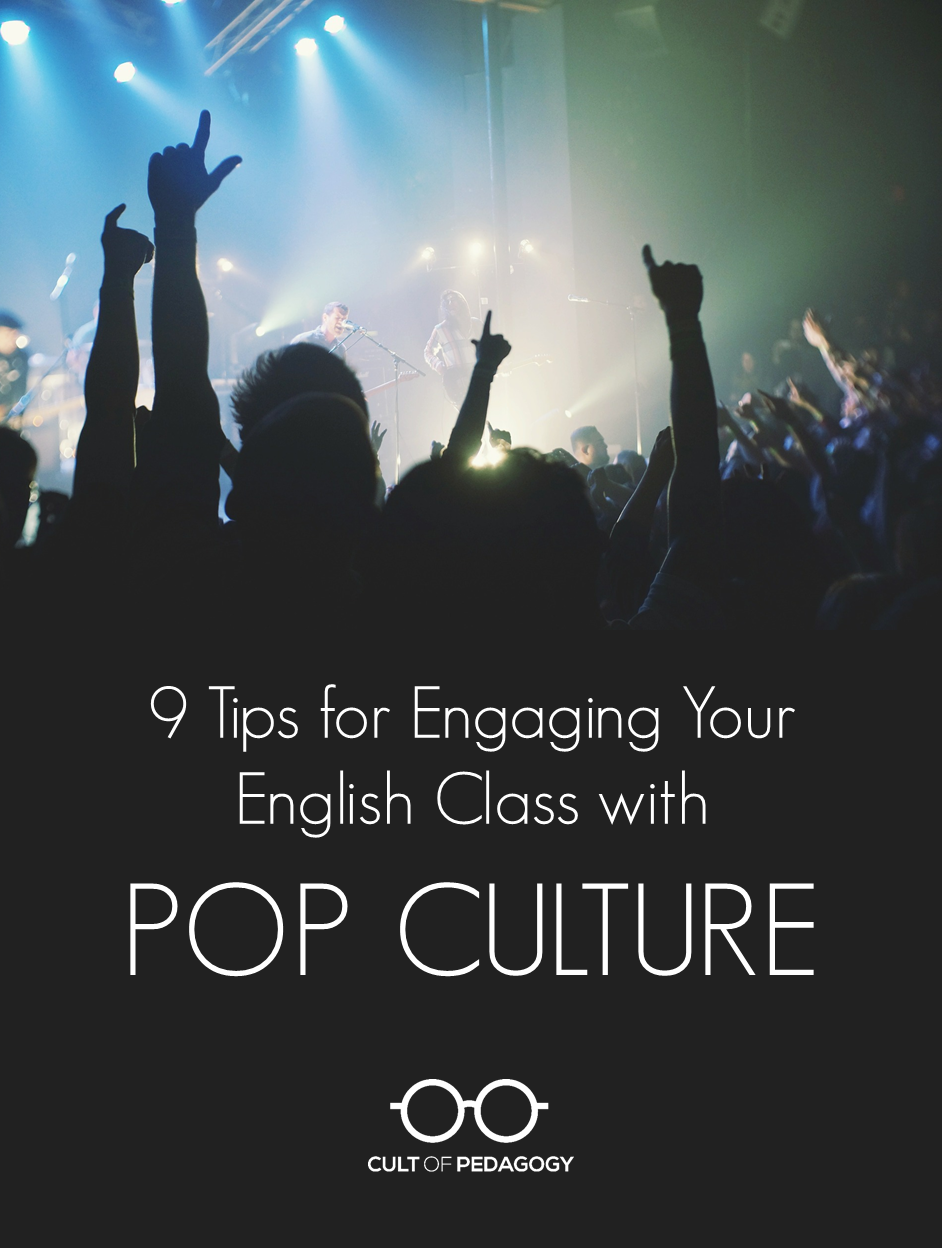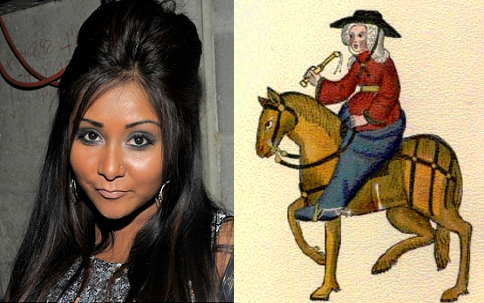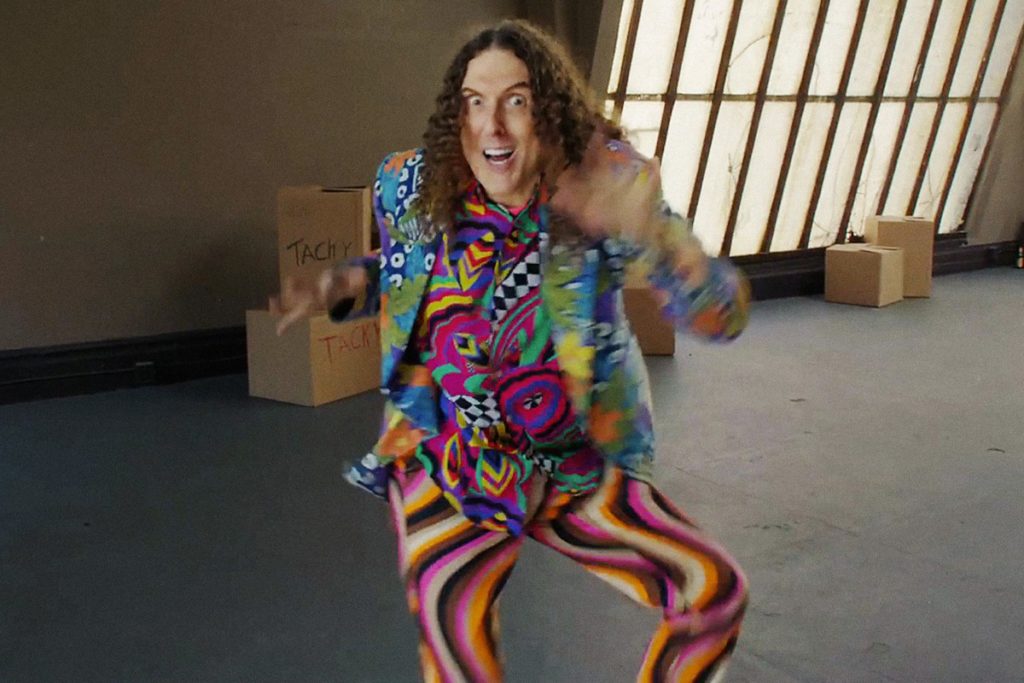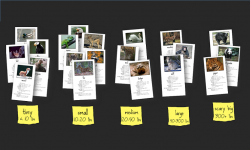
This guest post has been contributed by Jay Meadows.
I’ve been teaching English for many years, across multiple grade levels, from middle school to high school to college. I’ve read (and have written) heaps of education books and research articles. And yet the premise for this post is so simple, I’m willing to bet that any one of our students can pin it down without a moment’s hesitation.
What is the most essential ingredient to a rockstar lesson?
It’s student engagement.
We sometimes dress it up with the bells and bows of PBL, or strip it down to its bare components: authenticity, motivation, relatability. We beg, borrow, and steal from the folks who seem to be getting it right—video game designers, social media pundits, even mega-corporations like Google.
And for what?
To better engage our students. To help them fall in love with the content we teach. To make learning even the most complex skills feel effortless. To hear them say, “Wow. This class always feels so short.”
In recent years, I’ve had the greatest success in achieving these things—and in evoking that sensation of having time-traveled—when I’ve gone out of my way to make deliberate connections between my students’ most popular interests and the “stuff” of my class. As it turns out, Taylor Swift, Justin Bieber, and Kanye West are incredible English teachers. Who woulda’ thunk?
What follows is a list of practical strategies that promise to heighten engagement without sacrificing rigor when integrating popular culture into your English classroom.
1. Treat pieces of popular culture, like song lyrics and music videos, as valid academic texts. You will soon find that they are wolves dressed in sheep’s clothing (…in a world where wolves are complex and helpful, and sheep are only superficially pleasant). Pop songs, for instance, are literally built to be accessible for all readers, but their stylistic and rhetorical choices can be quite complex. As such, they provide an incredibly engaging pathway for fostering the foundational skills that are essential for tackling more complex texts. You can check out some sample analyses here!
2. Ask your students to build bridges between popular culture and the “stuff” of your class. This harkens back to the classic “make Holden Caulfield’s mixtape” assignment, but packs a much heavier punch when students are required to synthesize their sources, and to support their claims with textual evidence. In asking your students to place Jay Gatsby into conversation with Kanye West, or Daisy Buchanan with Taylor Swift, you’ll tap into some of the most complex skills in our domain—and your kids will absolutely adore you for it.

3. Don’t stop at synthesis! Seek fluid opportunities to fold pop culture into research! Some of the least successful research papers I’ve ever assigned demanded that students focus strictly on Chaucer’s Canterbury Tales, while some of the most successful strove to make connections between The Jersey Shore’s “Snooki,” Chaucer’s “The Wife of Bath,” and Raunch Feminism. In this case, the impact that a little pop culture had on engagement, rigor, and quality of writing were simply stunning.
4. Not all pop culture was created equally. It would be remiss of me not to mention that any content that’s being given valuable time in the spotlight of your classroom should, to some extent, be curated and deemed acceptable. While students’ favorite songs are jet fuel for engagement, some are far too explicit to incorporate into instruction (unless explicitness is the instructional focus, but perhaps we can reserve that particular lesson for college?). Further, some pop songs, ads, and speeches are simply better than others for academic consideration. The analytical depth can be truly profound when we apply the tools of English to rich pop culture texts—but we’d be kidding ourselves if we expected this to be true for each and every cheesy hit!
5. Pop stars don’t always make great role models, but they can be solid mentors. Those of you who are familiar with the practice of using mentor texts know where I’m going with this one. Consider how popular songs and blockbuster movie speeches can be repurposed to teach tone, voice, and style. Ask students to rewrite a scene from Harry Potter in the voice of Holden Caulfield, a speech from Independence Day as Beowulf, or any Beatles song as Jay Gatsby (i.e. Yesterday, old sport!).

6. Use those pop culture mentor texts to teach parody. In the style of Weird Al, ask your students to authentically repurpose a pop song’s style, voice, rhyme scheme, and meter with the intention of crafting a distinctly different (and perhaps ridiculous) message. Teaching satire can be notoriously challenging, but taking steps to help students become satirists themselves is a surefire path to mastery.
7. Advertising teams spend hundreds of millions of dollars to craft highly effective multimodal arguments—also known as commercials. A lot can be said for teaching students to be critical consumers of media, especially in a world where multi-billion dollar corporations are doing everything they can to compete for their attention. Open your students’ eyes to the highly effective argumentative tactics being used to manipulate them in popular advertisements while giving them an awesome opportunity to practice rhetorical analysis.
8. Savor the multimodal. It isn’t often that we can truly enjoy a visual text that excites students about doing hard work. (Yes, you may find those Civil War era photographs to be highly captivating primary sources, but strangely, our students feel a stronger pull toward Adele’s music videos.) Hook them with a music video or commercial before you put them through the paces with close visual reading, analysis, and synthesis.
9. Have fun! Don’t lose sight of the reason why pop culture is such a great tool to heighten engagement and rigor! It’s a relatively novel academic exercise, your students will have a pre-existing interest in the content, and because of these factors, pop culture lessons don’t feel quite as much like work. Your students will literally feel compelled to laugh, dance, and sing along to the cadence of your classroom instruction—and, in all likelihood, you’ll feel compelled to laugh, dance, and sing along right beside them. ♦
If you’re interested in checking out some of the actual materials Jay has used successfully in class (teaching close reading and synthesis using Beyonce’s “Lemonade”), grab them here!
Join the Cult of Pedagogy mailing list and get weekly tips, tools, and inspiration—in quick, bite-sized packages—all geared toward making your teaching more effective and fun. You’ll get access to my members-only library of free downloadable resources, including my e-booklet, 20 Ways to Cut Your Grading Time in Half, which has helped thousands of teachers spend less time grading!





I’ve started the year in my American lit classes having students read over lyrics of a current popular song (“Blurred Lines”) and then had them write an essay response about what Jonathan Edwards would think about the lyrics and song. I then have them write a speech mimicking his tone and rhetoric about songs played on mainstream radio. Often, they are shocked to read and really hear what the song is talking about, but it’s a cool and engaging assignment:)
I found that using super bowl commercials to teach principals of effective argument to my sixth graders not only increased their engagement, but also (consequentially) their understanding. Their ability to craft effective arguments using logos, ethos and pathos definitely increased after that lesson. We even had a chance to host a school board member in our classroom, and the students presented arguments to her. She was impressed by their ability to use emotion, data, and cited sources to support their arguments. Do you know of any resources that filter through pop culture to help teachers find appropriate resources?
Hi John! Love this use of Super Bowl commercials! I’m not aware of any resources like what you’re looking for, but Teach Argument would be a good place to start digging around for stuff like that.
Amazing tips! Surely the best way to talk with students is to learn their language and them make them learn yours (proper English for e.g.) :)))
And Weird Al is my favourite – he could actually teach some stuff while entertaining the listener.
I think your idea about using pop culture to engage your class is absolutely brilliant! It very effective to set a common ground for you and your students to talk about. When your students are familiar with the subject, the more they’d be comfortable in joining a conversation, which encourages learning (your goal). My wife, who is also teaching ESL, is looking for effective ideas in teaching her class. I think this would be a perfect example of that. Cheers!
I am so happy to see this post —as a music teacher, I used pop culture, lyrics, and text about music/bands/songs as prompts for writing. What is important is that they are engaged in the content NOT that the content is something I deem ‘worthy’.
I highly suggest finding podcasts about pop culture and basing assignments around those shows. Often times the host/producers will do all of the leg work for you in talking about or breaking down a topic.
Dissect -podcast taking apart classic hiphop records
Switched on Pop – podcast about why certain songs are popular
WTF – interviews with current pop and culture icons
I always enjoy your blog and twitter posts.